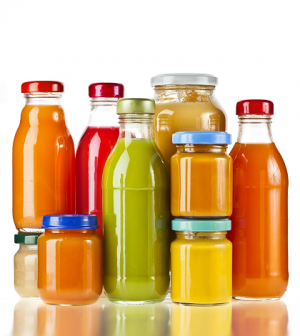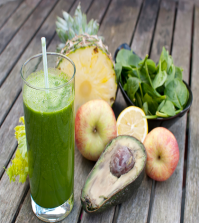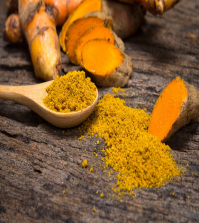- Everything You Should Know About Juicing Diets
- How Has the Mind Body Link Turned into a Connection with our Smart Phones?
- Is Turmeric a Superior Alternative to Pills for PMS Symptoms?
- 6 Simple Yoga Asanas to Crush Stress Everyday
- Juicer vs Blender – Which is the Best Option?
- 7 ESSENTIAL NUTRIENTS YOU MAY BE MISSING IN YOUR DIET
- 26 Advantages of Detox Juicing Recipes
- Everything You Need to Know About Juicing Beets
- Power Yoga: The Ultimate Answer To Weight Loss
- 13 Amazing Grapefruit Juice Benefits
Juicing 101 Beginners

I get a lot of questions from beginning juicers about how to approach juicing, so I’m going to give a few juicing 101 beginners tips on what you need to do in order to start juicing the right way and making your body feel great.
For your own knowledge you can pretty much juice just about any fruit or vegetable. You’ll want to purchase fresh organic fruits and vegetable from your local grocery store or farmers market. They must be organic in order to reduce our exposure to pesticides and harmful chemicals that are toxic to our body. You’ll obviously need a juicer. There are a number of different juicers on the market ranging from $50 all the way up to over $500. For beginners I don’t really care which one you use just make sure that you’re juicing. There are pros and cons to each juicer. For more information on that check out our blog juicingdiet.org
When I juice I use an 80/20 ratio of vegetables to fruits. This ensures you’re not over consuming sugar, which is present in many fruits. If you stick to this ratio you won’t have any problems. I like to put an apple, orange, lemon, or lime to compliment my juices. This will sweeten or citrus up your juice and make it taste great. Now let’s talk about the veggies. The vegetables you select are the key ingredients to the juice because of the phytochemicals and active cancer fighting minerals that go straight to the cells in your body. Without going too far into the science, just understand that the greener the vegetable the more you should juice it. I don’t want to confuse you though. There is no bad vegetable! Rest assured any vegetable you juice is packed with great vitamins and minerals for your body. Although we like to Go Green, you should also be juicing other veggies and getting a nice mix within your pallet, which reminds me please mix and change up what you’re juicing! Our bodies grow accustomed to the same old things, so make sure you’re changing it up from time to time. Variety is the spice of life and it’s key to juicing correctly. Rotate your greens and you’ll be providing your body with a balanced amount of vitamins and minerals, which will keep you young. As far as portions go, juicing 101 beginners aim for minimum 400mLof juice per serving. I personally go for 500ml because I know this is what my body craves and needs!
Another important point is drinking your juice within 15 minutes of making it. Once exposed to air the minerals start to oxidize and its live enzymes start to degrade. If you save one for later in the day be sure you store it in an airtight glass container filled to the top (no air gap) in the refrigerator. Unless you have a press or a slow juicer…then it is okay to keep it longer.
As I mentioned earlier you’ll need to limit your intake of sweet fruits. I want talk about it a little more because it’s super important. Just as juicing has a quicker absorption rate than smoothies, so too does the sugar from the fruit known as fructose and because it’s fruit sugar, there is such a thing as excess. You don’t want the amount of sugar and fructose in your diet to go over the top. If a juice has too much natural sugar it can affect insulin levels drastically, causing cravings and weight gain. Remember throughout the day 80% veggies and 20% fruit or no more than 1 serving of sweet fruit or veggie in a green juice.
Lastly, Chew Your Juice It may seem funny and weird at first, but juice should be chewed, move your jaw up and down, or swish around in your mouth before swallowing to release saliva that contains important digestive enzymes. The digestive enzymes are crucial in delivering key nutrients to your cells.
These are the juicing 101 beginners basics or beginner juicing techniques. Below I’ve listed a few of my favorite fruits and veggies that I like to juice. This is a starting point for beginners. Check out some of our recipes or get creative and create your own. If you enjoyed this video give it a thumbs up. Share it with your friends. Leave a comment or question and we’ll be happy to answer it and remember juice strong to live long.
Vegetables: Fruits:
Kale Apples
Carrots Oranges
Celery Lemons
Collard Greens Limes
Cabbage Grapefruit
Broccoli Pears
Beets
Arugula
Dandelion
Peppers
Spinach
Squash
Swiss Chard
Sweet Potatoes
Tomatos






2 comments